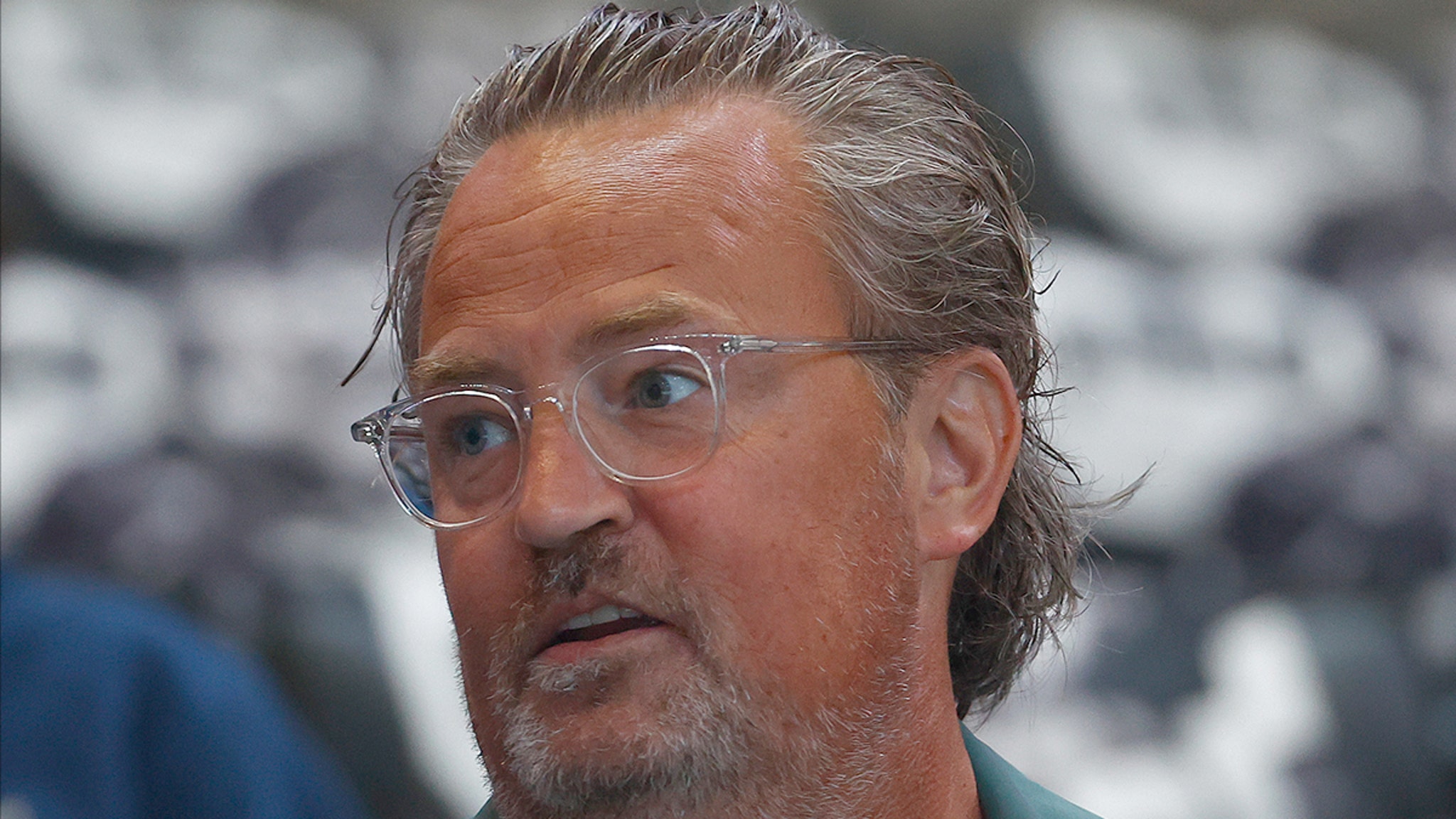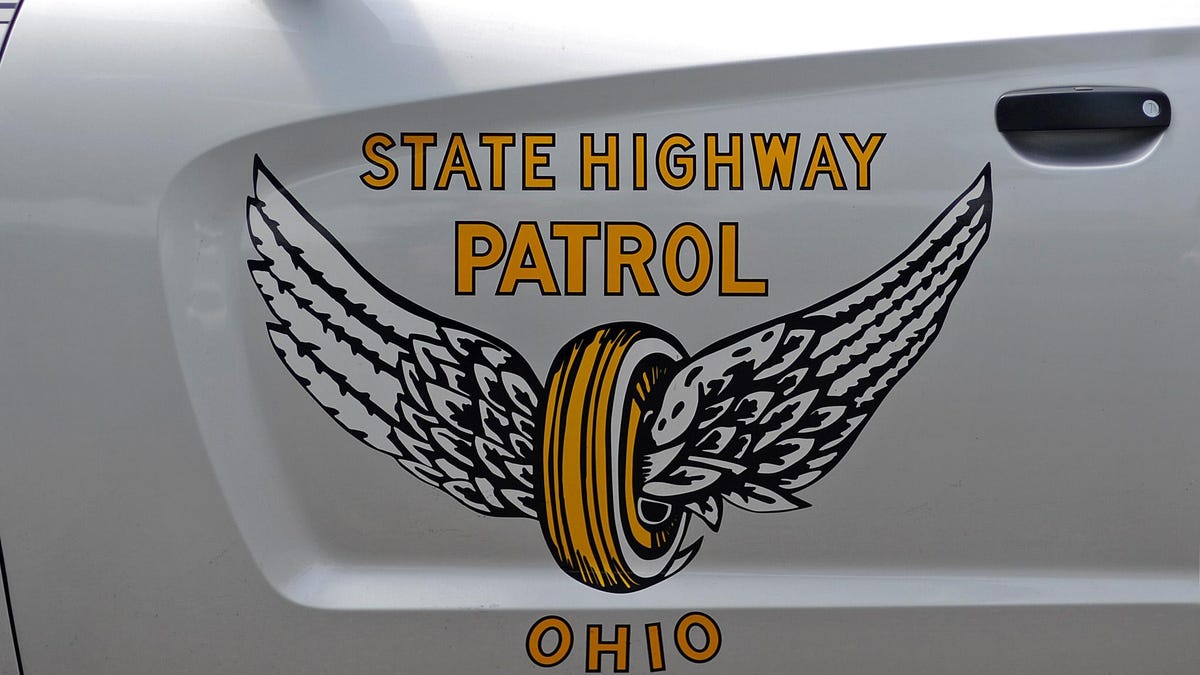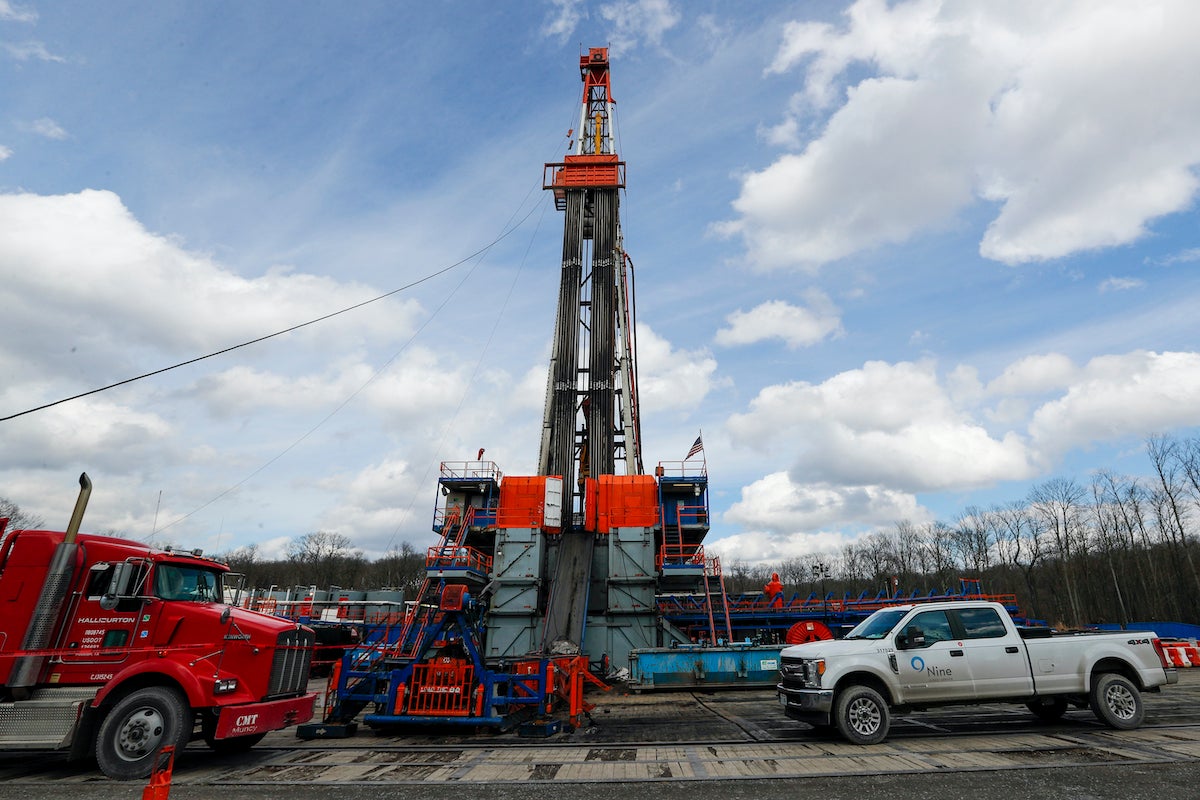Idaho
Why did so much of WIPP’s 479 nuclear waste shipments in 2023 come from Idaho?
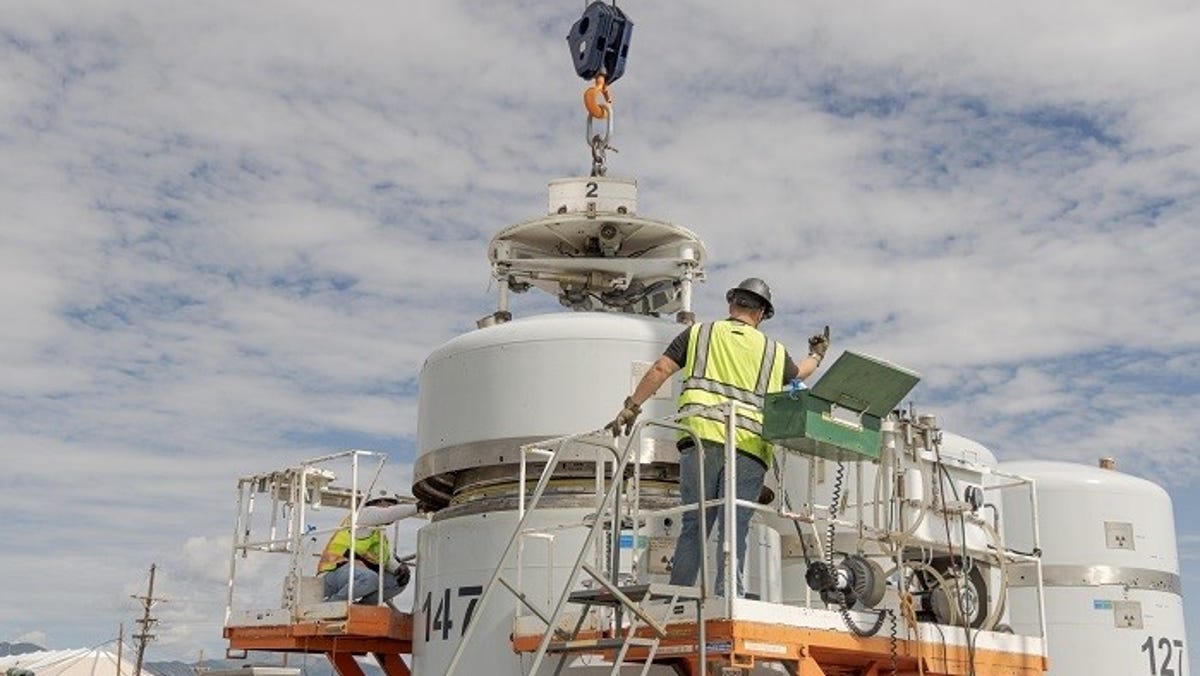
More New Mexico Cold War waste should be sent to WIPP, officials say
Hundreds of shipments of nuclear waste were buried at a facility near Carlsbad in 2024, and the federal government was poised to send even more waste to the site in 2024.
For that work, the Department of Energy’s contractor Salado Isolation Mining Contractors (SIMCO) earned about $11.5 million or about 89% of its available $13 million fee between Feb. 4, 2023 when SIMCO took over the contract and the end of the last federal fiscal year on Sept. 30, 2023.
DOE records show 479 shipments of transuranic (TRU) nuclear waste were received at the Waste Isolation Pilot Plant between Jan. 1 and Dec. 31, 2023, from federal labs and other nuclear facilities around the U.S.
More: Cable snaps inside utility shaft at WIPP, pausing work for now
TRU waste is made of clothing materials, equipment and other debris irradiated during nuclear activities, and it is buried in a salt deposit at WIPP about 2,000 feet underground.
The DOE said in 2023 it worked to increase shipments to 17 per week, and hold that level in the coming years.
Most of the waste, about 79%, came from Idaho National Laboratory in the form of 377 waste shipments.
More: Cold War nuclear waste is prioritized at Carlsbad-area repository. How much is there?
The next-highest shipment load came from Los Alamos National Laboratory at 50 shipments last year, followed by the Savannah River Site in South Carolina with 27 shipments.
That means about 90% of the waste sent to WIPP in southeast New Mexico came from outside the state.
Last year, amid negotiations for WIPP’s next 10-year operations permit with the New Mexico Environment Department, NMED sought to set aside space at WIPP for Los Alamos waste to ensure that facility saw adequate benefit from the repository New Mexico hosts.
More: Here’s what New Mexico will get out of the $883 billion federal defense bill
DOE officials countered that no backlog of waste ready for shipment and disposal at WIPP was left at Los Alamos, which frequently averaged up to two weekly shipments throughout 2023.
And that could increase in the coming years as Los Alamos, along with Savannah River, was where the DOE planned to increase the production of plutonium pits – triggers for nuclear warheads – by 2030.
But that would be newly generated waste different from the existing or “legacy waste” leftover from the Cold War which WIPP was originally intended for, said Don Hancock with the Southwest Research and Information Center.
More: More than 400 shipments of nuclear waste came to Carlsbad-area repository in 2023
He argued only four shipments of such legacy waste were sent from Los Alamos since the new permit took effect late last year.
“That’s pretty pathetic. I would say so far they’re going poorly in that regard,” Hancock said of prioritizing Los Alamos waste. Virtually all of the shipments have been from Idaho and Savannah River.”
This year, the DOE was required by the NMED permit to submit a plan to define “legacy waste” by November and Hancock said that report could show that WIPP planned to dispose of more waste than it can legally hold.
More: Final testing underway at $486M air system for nuclear waste site near Carlsbad
“There’s this question of what gets priority,” he said. “The state and a lot of people think legacy waste needs to be prioritized.”
At the same time, the DOE is required via the same permit to submit an update on potential progress in finding a new repository outside of New Mexico, a report Hancock predicted would show the federal government is not pursuing such a project.
“The state is going in that direction. That’s going to be a tough one for them to handle,” he said of the requirement. “They’re going to have to say everything will fit in WIPP.”
More: A nuclear reactor in Carlsbad? City officials call for project at federal waste repository
Thus, the two reports due in November could contradict each other, Hancock said.
“They’re going to be hard-pressed to have two contradictory reports,” he said.
But for now, the DOE appeared to prioritize waste from Idaho National Laboratory for disposal at WIPP, and Hancock said that could continue in the next fiscal year based on the current structure of bonuses earned by SIMCO.
More: Oil & gas industry joins fight against nuclear waste site proposed in southeast New Mexico
That structure sees SIMCO earn $5,500 per waste shipment received and emplaced at WIPP, up to 520 shipments, according to the WIPP Performance Evaluation Management Plan (PEMP) reviewed by the Carlsbad Current-Argus.
It also provides another $7,000 per Los Alamos shipment received, up to 40 such shipments from that site.
Hancock contended SIMCO was likely to hit the Los Alamos cap, then take waste “wherever it can get it” to the 520-shipment cap, to maximize the bonus payments.
“I would argue the bonus structure for this next fiscal year does not prioritize Los Alamos,” he said.
More: Feds tout progress in cleaning up nuclear waste at Los Alamos using Carlsbad-area site
Shipments from Idaho were recently accelerated, as the laboratory sought to move waste away from that facility because many of the shipping containers were reaching the age limit allowable to be sent with “overpacking” or adding an additional protective drum around the shipment, according to the lab’s November report from the Defense Nuclear Facilities Safety Board.
Earlier last fall, shipments from Idaho were reduced from 12 per week to seven due to budgetary restrictions, read the report, but were restored in mid-November.
“They’re hurrying to get as many waste drums out of there as they can to avoid overpacking,” Hancock said.
The DOE also faces numerous deadlines to get waste out of Idaho per a 1995 settlement agreement with the state and federal government.
Mark Bollinger, manager of the Department of Energy’s Carlsbad Field Office said he believed WIPP met and exceeded its waste disposal goals in 2023, particularly at Los Alamos.
“WIPP’s mission to safely receive and dispose of waste shipments is instrumental to cleanup efforts at Los Alamos and other waste-generating sites, and we safely exceeded our goal at WIPP in 2023,” he said in a December statement.
Adrian Hedden can be reached at 575-628-5516, achedden@currentargus.com or @AdrianHedden on the social media platform X.

Idaho
Man dies after head-on collision near Fruitland – East Idaho News

The following is a news release from Idaho State Police.
Idaho State Police are investigating fatality crash that occurred on Monday at approximately 10:04 a.m. on US95 at milepost 63 in Payette County.
A 2006 Dodge Durango, driven by a 55-year-old male from Caldwell, was traveling northbound when it was driven left of center and collided with a southbound 2022 Ford Maverick. The 2022 Ford Maverick was driven by a 53-year-old male.
The driver of the Durango was transported via air ambulance to a local hospital. The driver of the Ford was transported via ground ambulance to a local hospital and succumbed to his injuries.
The road was blocked for approximately two hours to allow emergency personnel to assist those involved and clear the scene.
This incident remains under investigation by the Idaho State Police.
=htmlentities(get_the_title())?>%0D%0A%0D%0A=get_permalink()?>%0D%0A%0D%0A=htmlentities(‘For more stories like this one, be sure to visit https://www.eastidahonews.com/ for all of the latest news, community events and more.’)?>&subject=Check%20out%20this%20story%20from%20EastIdahoNews” class=”fa-stack jDialog”>
Idaho
Six Idaho dairy farms have the avian flu. Here’s what you need to know
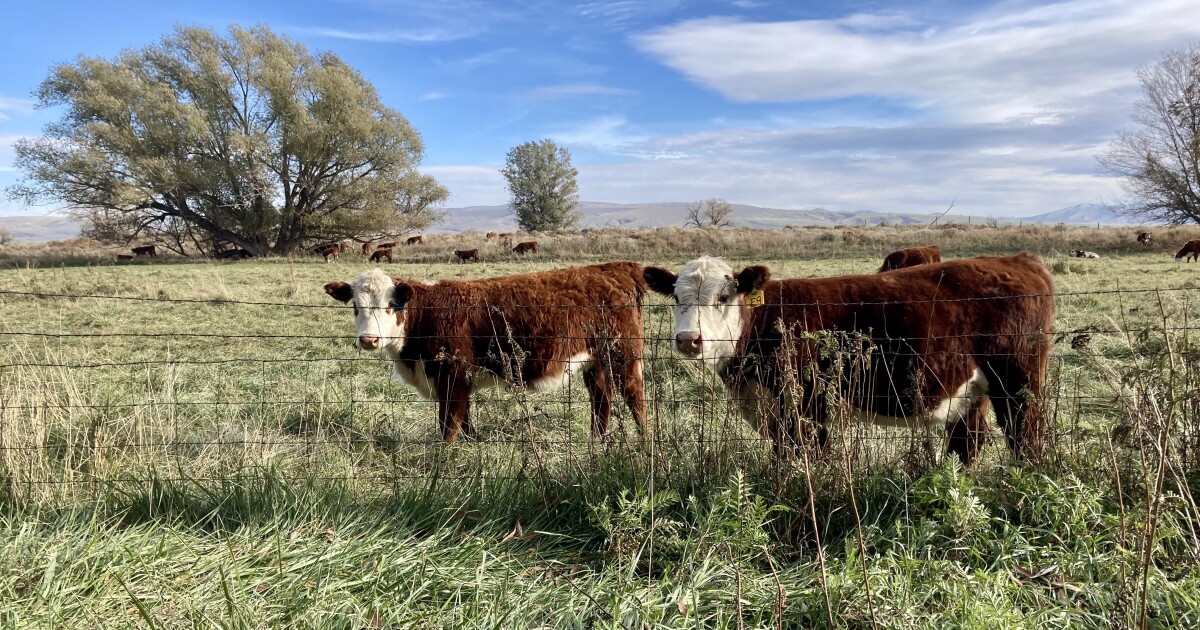
The Idaho State Department of Agriculture confirmed on Friday avian flu had been detected in a dairy operation for the first time in Minidoka County.
Last week, two farms in Jerome County also tested positive. The first three cases were detected in early April in Cassia County after a farm there received cows from an affected dairy in Texas.
State Veterinarian Dr. Scott Leibsle said about 10 to 20% of cows in affected facilities have tested positive and the economic impact to farmers has been significant.
“What you’re seeing is, is a drop in milk production and a drop in feed intake for about that period of time. And then once the symptoms resolve and once the cattle recover, for the most part they’re able to return to production,” Dr. Leibsle said.
He said while a large number of cattle have gotten sick, few cases have been fatal and most recover in 10 to 15 days. Poultry cases, however, are lethal and present a greater economic loss.
“As long as there are birds interacting with livestock, there will be a risk that dairy cattle could potentially acquire the virus,” Dr. Leibsle added.
There are no vaccines yet for cattle, so it is recommended farmers focus on prevention and clean equipment before handling livestock to slow the spread of this disease. While the effects of consuming raw milk are still unknown, pasteurized milk is safe to drink.
Idaho
The types of solar viewing telescopes at the College of Southern Idaho

TWIN FALLS, Idaho (KMVT/KSVT) —There are a few times in your life that people will encourage you to look at the sun. Well, starting Wednesday, May 29 that’s exactly what the Centennial Observatory will be doing as they break out the solar viewing telescopes. Now, you may be wondering what makes a solar telescope different from a standard telescope. The College of Southern Idaho has three types of solar telescopes that are available to them. The first type is a model called a “folded refractor” it has the unique feature of being the only telescope that you don’t look directly through.
“Your normal telescope you’d think of having as having a lens in the front, a lens on the back. This one has both of those, but in between it has mirrors that allow it to kind of fold up,” Observatory Coordinator at the Centennial Observatory Chris Anderson said. Without the traditional lens to look through the image is instead projected onto a piece of paper set within the telescope and this makes it better for larger groups. “There was a company back East that made these specifically for classrooms and they’ve continued to make them ever since,” Mr. Anderson explained.
The second model they have available to them is a traditional telescope, but adjusted with a specialized filter that is added onto it making it possible to view both the sun and the stars when needed. “We have a white light solar filter in it right now and a white light filter just dims the sun way, way down and lets you see what’s going on, on the surface,” Mr. Anderson explained. As of right now, the sun has been fairly active, but the peak of our current solar cycle is expected to hit within the next year or two and a half years.
The third model that they have at their disposal is also the most advanced, it’s called a “Hydrogen Alpha Telescope”, and it blocks out all color except for a specific shade of red that is emitted from the sun called the “Chromosphere”.
“If you’re used to thinking about what you see during a total solar eclipse. So, this little red thing’s poking out from around the edge of the sun. That’s the chromosphere,” Mr. Anderson explained. When looking through the telescope you see a black dot with a grainy, almost oatmeal-like texture that is the sun, and it’s all thanks to the specialized filters that are built into the telescope itself, but that’s not the only cool thing about it. “It is a computer-controlled telescope. It does track the sun automatically, so I don’t have to work about it keeping up,” Mr. Anderson said.
Now, while the sun is extremely active you may want to get in on sun spots, Chris Anderson implores everyone to come down and visit rather than trying to see the sun on your own.
“If you don’t have the proper equipment, don’t try to look to look at the sun with a telescope. That’s an incredibly dangerous thing to do. What a lot of people don’t realize is that it’s not just about whether you’re feeling discomfort. There are ways to filter the sun down in a way that you don’t feel any discomfort, but you’re still doing damage,” Mr. Anderson said.
Even with powerful welder’s glass unless it is a number 14 glass or dark you can still permanently damage your eyes. It is simply safer to not take the risk, rather visit Centennial Observatory on one of the many solar viewing days that will be open to the public. The sun viewing days are every Wednesday following Memorial Day until Labor Day from 1:30 to 3:30 P.M.
Copyright 2024 KMVT. All rights reserved.
-

 News1 week ago
News1 week agoSkeletal remains found almost 40 years ago identified as woman who disappeared in 1968
-

 Movie Reviews1 week ago
Movie Reviews1 week ago“Kingdom of the Planet of the Apes”: Disney's New Kingdom is Far From Magical (Movie Review)
-

 World1 week ago
World1 week agoIndia Lok Sabha election 2024 Phase 4: Who votes and what’s at stake?
-

 World1 week ago
World1 week agoUkraine’s military chief admits ‘difficult situation’ in Kharkiv region
-

 World1 week ago
World1 week agoCatalans vote in crucial regional election for the separatist movement
-

 Politics1 week ago
Politics1 week agoNorth Dakota gov, former presidential candidate Doug Burgum front and center at Trump New Jersey rally
-

 Movie Reviews1 week ago
Movie Reviews1 week agoAavesham Movie Review
-

 News1 week ago
News1 week agoTrump, Reciting Songs And Praising Cannibals, Draws Yawns And Raises Eyebrows



